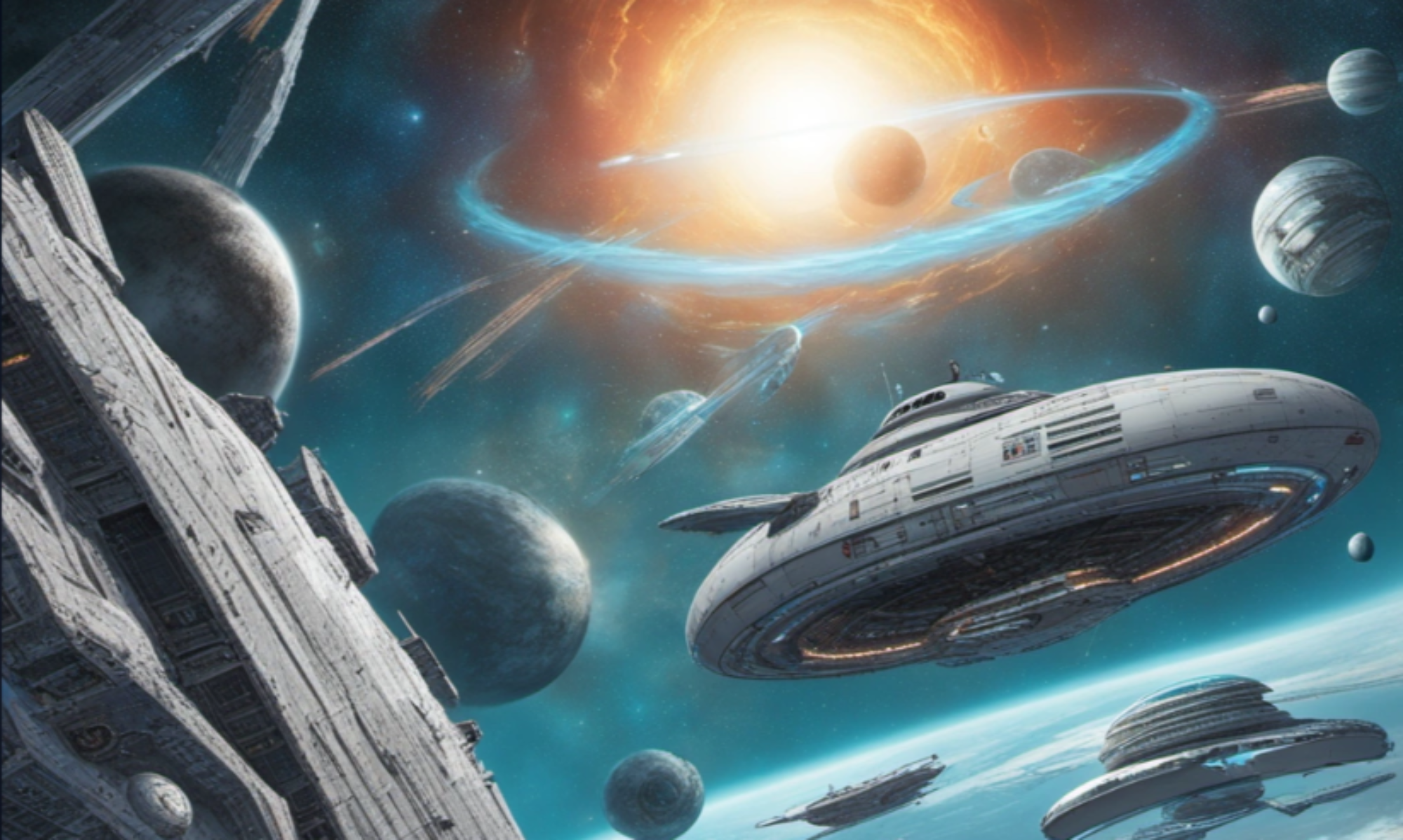Tau Ceti: The closest single sun-like star
Dan WildIt was Frank Drake (1930-2022) who brought Tau Ceti to the attention of science-fiction. In 1960, the National Radio Astronomy Observatory in Greenbank, West Virginia, granted him access to the Tatel radio telescope. What started out as Project Ozma later became SETI, the search for extraterrestrial intelligence. Drake’s first major contribution to SETI was to …
Continue reading “Tau Ceti: The closest single sun-like star”
A short history of Enceladus – Saturn’s waterspout moon
Dan WildWatching a cryovolcano erupt on Enceladus would be one of the sights of the solar system. These geysers shoot water vapour more than 4km into the air. Well, it’s not really ‘air’, as Enceladus doesn’t have much of an atmosphere. But so much water is ejected in these plumes that they have contributed to one …
Continue reading “A short history of Enceladus – Saturn’s waterspout moon”
Alpha Centauri: Two bright princesses and a red dwarf
Dan WildI remember as a teenager, blinking though binoculars, excited that I could just make out Alpha Centauri as a double star. Then I borrowed a low-end refractor telescope and could more easily make out the binary nature of the pair. It was the Jesuit, Father Jean Richaud (1633-1693), who first determined the binary using his …
Continue reading “Alpha Centauri: Two bright princesses and a red dwarf”
Epsilon Eridani: Already in the sights of asteroid miners
Dan WildAlthough known to early star gazers, Epsilon Eridani does not figure heavily in myth. Claudius Ptolemy was the first astronomer to pay this star any sustained attention, cataloguing it in his famous 2nd-century Almagest. Indeed, it was Ptolemy that named the constellation Eridanus, after the ancient Greek word for ‘river’ (Ποταμού). Epsilon Eridani famously entered …
Continue reading “Epsilon Eridani: Already in the sights of asteroid miners”
Teegarden’s Star: A nearby red dwarf with two rocky planets
Dan WildWhile Teegarden’s Star is rarely talked about at dinner parties, it’s only a matter of time. Why? Two words. Habitable planets. At only 0.09 solar masses, Teegarden is a very small star. With less than 1/10th the mass of the sun, Teegarden is lucky to be a star at all – any less mass and …
Continue reading “Teegarden’s Star: A nearby red dwarf with two rocky planets”
The Luhman 16 twins: Why brown dwarfs are cool
Dan WildIf you’ve heard of Luhman 16AB then I salute you. And if you haven’t, then I despair at the state of astronomy education in schools today. What? They don’t teach astronomy at school? Well, if they did, how would your teacher explain Luhman 16AB? “Today we’re going to talk about brown dwarfs, stellar objects that …
Continue reading “The Luhman 16 twins: Why brown dwarfs are cool”
You can’t be Sirius? Actually, I’m Sirius B
Dan WildSirius is really two stars. A faint white dwarf, Sirius B, is locked in a dance with Sirius A, and it takes 50 years for them to orbit each other. Sirius B used to be a big guy: it was once a red giant. Except it doesn’t have quite the same mass as Betelgeuse, a …
Continue reading “You can’t be Sirius? Actually, I’m Sirius B”
Betelgeuse: Life as a Red Supergiant
Dan WildYou’ve heard of Betelgeuse if you’re an amateur astronomer. It’s that flickering red star at the bottom right corner of the constellation of Orion, as viewed in the southern hemisphere, and top left viewed from the northern hemisphere. Those born in the 1980s would have heard of it via the surreal Tim Burton film, Beetlejuice. …
